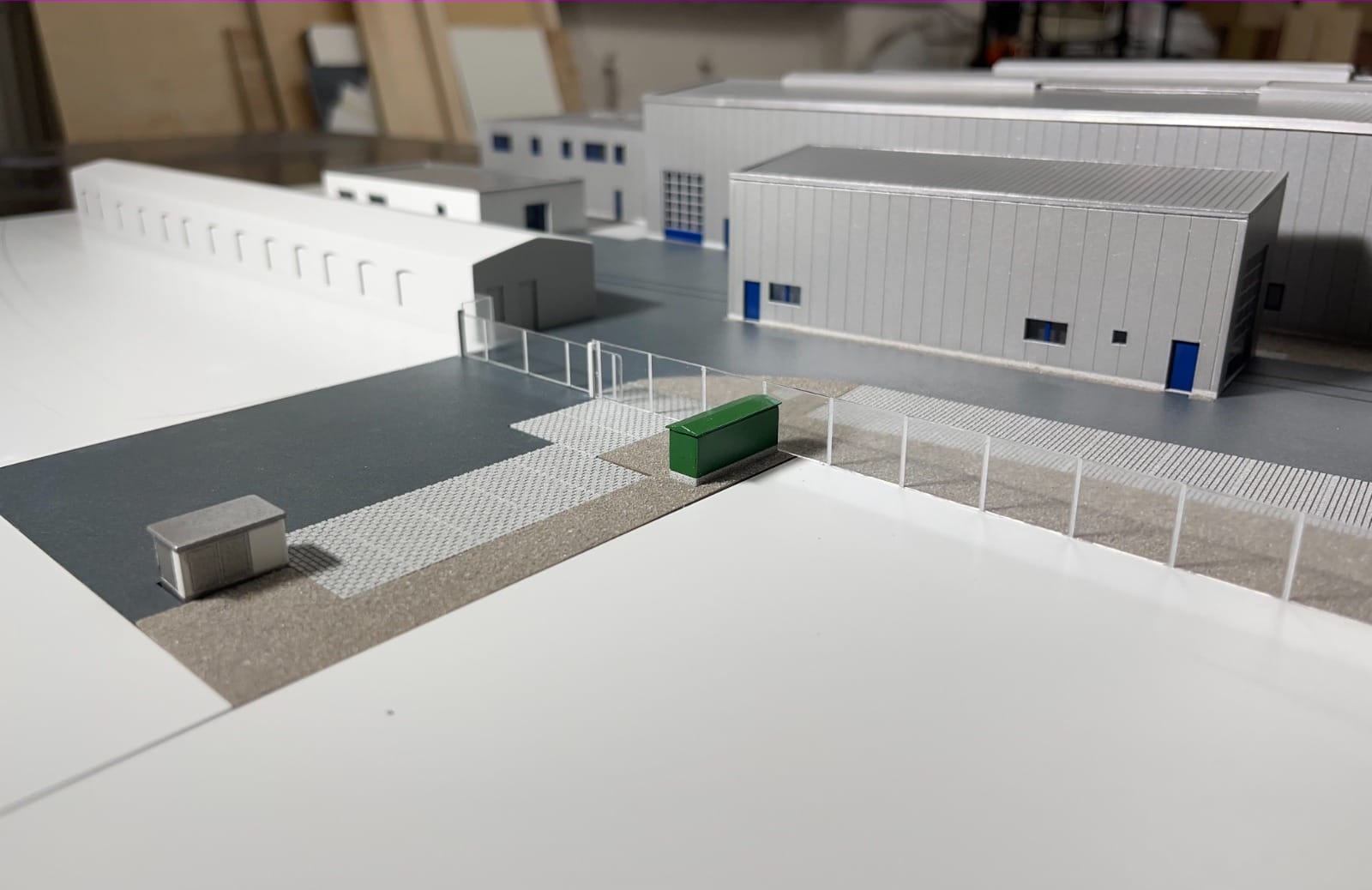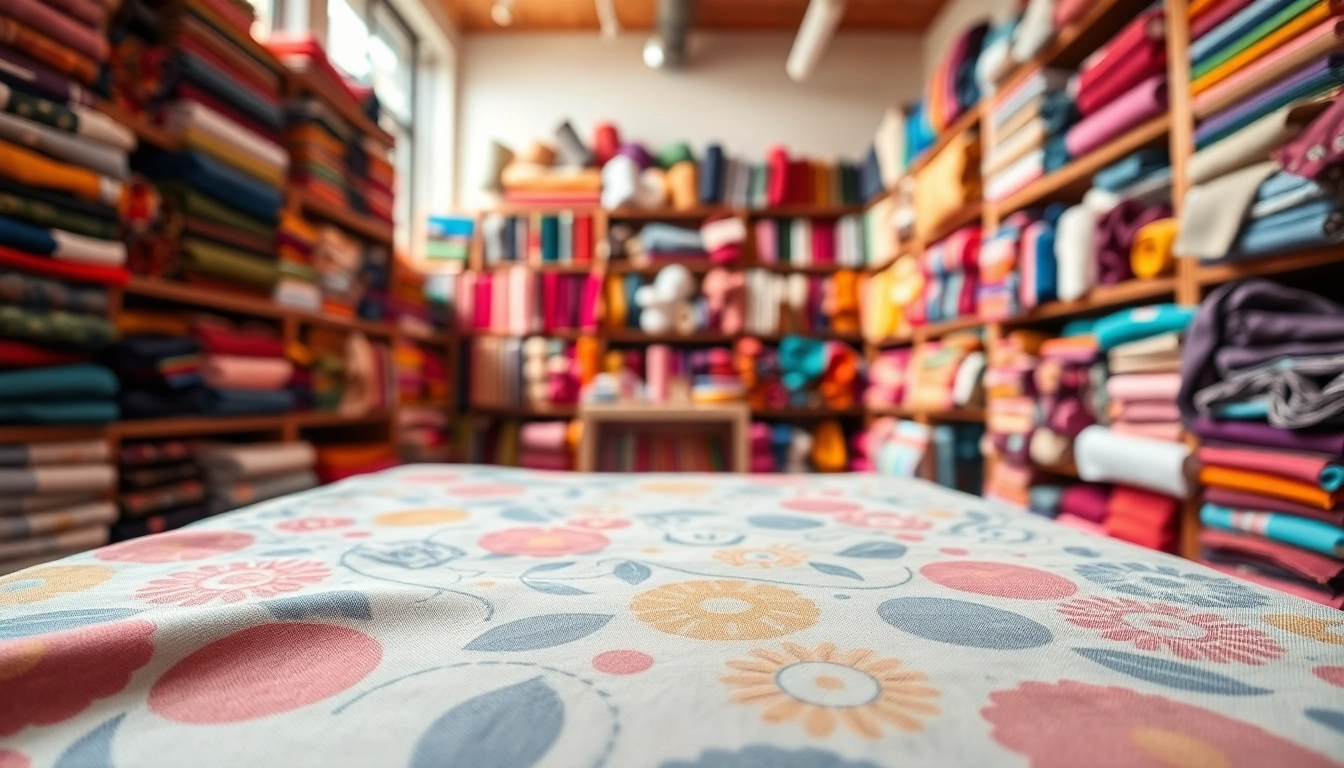Understanding Architectural Model Making
Architectural model making is both an art and a science, serving as a vital tool in the process of design and construction. Through the creation of tangible representations of designs, architects can communicate complex ideas in a visually understandable format. When looking for an architectural model maker Berlin, it’s essential to understand what this craft entails, its significance, the various types of models available, and how they find application in real-world scenarios. This comprehensive exploration will help clarify the value these models add not only to the field of architecture but also to various domains that benefit from visual representations.
The Importance of Architectural Models
Architectural models serve several important roles within the design and planning process. Firstly, they provide a physical, three-dimensional representation of a project, allowing stakeholders to visualize the end product. This is particularly beneficial during presentations and discussions, where abstract concepts can become more concrete. Models also allow for better planning by showcasing how space will flow and function in a real-world environment. Additionally, they can highlight potential issues in a design before construction begins, helping to minimize costly alterations later on.
Different Types of Models
The range of architectural models can be categorized into several types, each with its purpose and methods of construction:
- Concept Models: These are often simple representations, built primarily to convey the initial ideas and concepts of a design. They do not focus on intricate details but rather on form and space.
- Presentation Models: These models are more refined and detailed, aimed at impressing clients or stakeholders. They might include landscaping and realistic materials to convey aesthetics effectively.
- Working Models: Designed for testing and experimenting, working models enable architects to analyze structural integrity and functional dynamics thought experiments.
- Technical Models: These models are built to evaluate engineering constraints and other technical considerations, often using more advanced methods like 3D printing.
Applications in Architecture and Beyond
While architectural model making is most commonly associated with architecture, its applications extend to numerous fields. For example, urban planning uses models to assess the impact of new constructions on communities. Interior designers can employ models to illustrate spatial relationships and color schemes to clients. Even in marketing, real estate companies utilize architectural models to create compelling visual narratives about properties that are under development.
Choosing the Right Architectural Model Maker Berlin
With the growing demand for quality model making, the selection of the right architectural model maker in Berlin has become crucial. The competition is fierce, and understanding what to look for can make the difference in your project’s success.
Evaluating Expertise and Portfolio
When choosing a model maker, it is essential to review their portfolio to assess their expertise and the quality of their work. Look for a variety of model types that showcase their adaptability and attention to detail. Engaging with past clients can also provide insights into their collaborative process and reliability. In Berlin, notable studios like Blankvers and Contura Modellbau are industry leaders known for their craftsmanship and project delivery.
Budgeting for Your Model
Understanding and establishing a budget upfront is vital for a successful project. The costs associated with model making can vary significantly based on factors like size, complexity, and materials used. A basic prototype model may start at around $5,000, while detailed and sophisticated models can exceed $10,000. Thus, having a clear understanding of your budget will guide your material choices and the scope of your model.
Collaborating with Your Model Maker
Effective collaboration with your model maker is paramount. This includes having open discussions about your requirements, expectations, and vision. Regularly scheduled updates and feedback sessions will ensure that the model progresses in alignment with your objectives. A successful partnership relies heavily on clear communication, mutual respect, and a shared vision for the project.
Technological Innovations in Model Making
Advancements in technology are continuously reshaping the landscape of architectural model making. From traditional techniques to cutting-edge machinery, technology allows for increased precision, efficiency, and creativity.
3D Printing in Architectural Models
3D printing has revolutionized model making by providing new avenues for customization and detail that traditional methods cannot achieve. This technology allows for rapid prototyping and the development of complex geometries that were previously difficult to produce by hand. As a result, models can be created with incredible accuracy and intricate designs, catering to the unique needs of clients.
Digital vs. Physical Models
While digital models are gaining traction in the design process, physical models continue to hold significant value. Digital models provide flexibility for adjustments and create opportunities for virtual experiences. However, physical models bring a tactile quality and presentational allure that digital replicas often lack. Deciding between digital and physical models will depend on the audience, project scale, and specific requirements of the presentation.
The Role of Technology in Enhancing Accuracy
With the introduction of advanced software and machines, the precision of architectural models has improved dramatically. Technologies like Laser cutting and CNC (Computer Numerical Control) milling enable model makers to create parts with extreme accuracy. This increase in precision ensures that models not only reflect the design intent but also serve as accurate representations for discussion and collaboration.
Best Practices for Working with Model Makers
To achieve the best outcomes in your architectural model making project, certain best practices should be observed during the collaboration process.
Defining Your Project Goals
Before initiating the model making process, it is critical to outline your project goals clearly. This should feature not only the desired outcome but also the intended use of the model, whether for client presentations, evaluations, or exhibitions. Clear objectives will guide the model maker in their approach and ensure that the final product aligns with your vision.
Communication is Key
Building a valuable relationship with your model maker hinges on strong communication. Maintaining consistent dialogue allows for timely feedback and updates on progress. Sharing references, sketches, and inspirations can further help the model maker understand your expectations and preferences.
Setting Clear Expectations
From timelines to production methods, setting transparent expectations about various facets of the project will help avoid misunderstandings. Discussing preferred materials and any specific design choices early on can significantly affect the outcome. Transparency around costs, timelines, and possible challenges will foster a smoother collaboration.
Showcasing Your Architectural Models
Once your architectural models are complete, showcasing them effectively is crucial to capture the attention and admiration of your audience, whether clients, investors, or the general public.
Effective Presentation Techniques
Presentation plays a major role in communicating the value of your architectural model. Employ techniques such as using appropriate lighting to highlight features and placing the model in a well-designed display setting. 360-degree views and interactive arrangements can allow viewers to engage more deeply with the model, enhancing their understanding and appreciation.
Using Models for Client Engagement
Architectural models can greatly enhance client engagement by providing a tangible object that facilitates discussion and feedback. Models serve as conversation starters and can lead to fruitful discussions about design elements, spatial relationships, and client preferences. Utilizing models in presentations helps reinforce ideas and turn abstract concepts into visual realities.
Incorporating Feedback for Future Projects
Feedback is a valuable asset in any creative process. After showcasing your architectural models, gathering insights from viewers allows you to make informed decisions for future projects. Observations about what resonates or what aspects could have been better received can influence your approach to model making and help refine your craft.
In conclusion, architectural model making fosters a deeper understanding of design concepts and facilitates communication among stakeholders. By leveraging the knowledge of a dedicated architectural model maker in Berlin, you can bring your architectural visions to life with precision and creativity. Understanding the nuances of model types, collaborating effectively, and presenting with intention can elevate your project’s success in an ever-evolving architectural landscape.











Leave a Reply